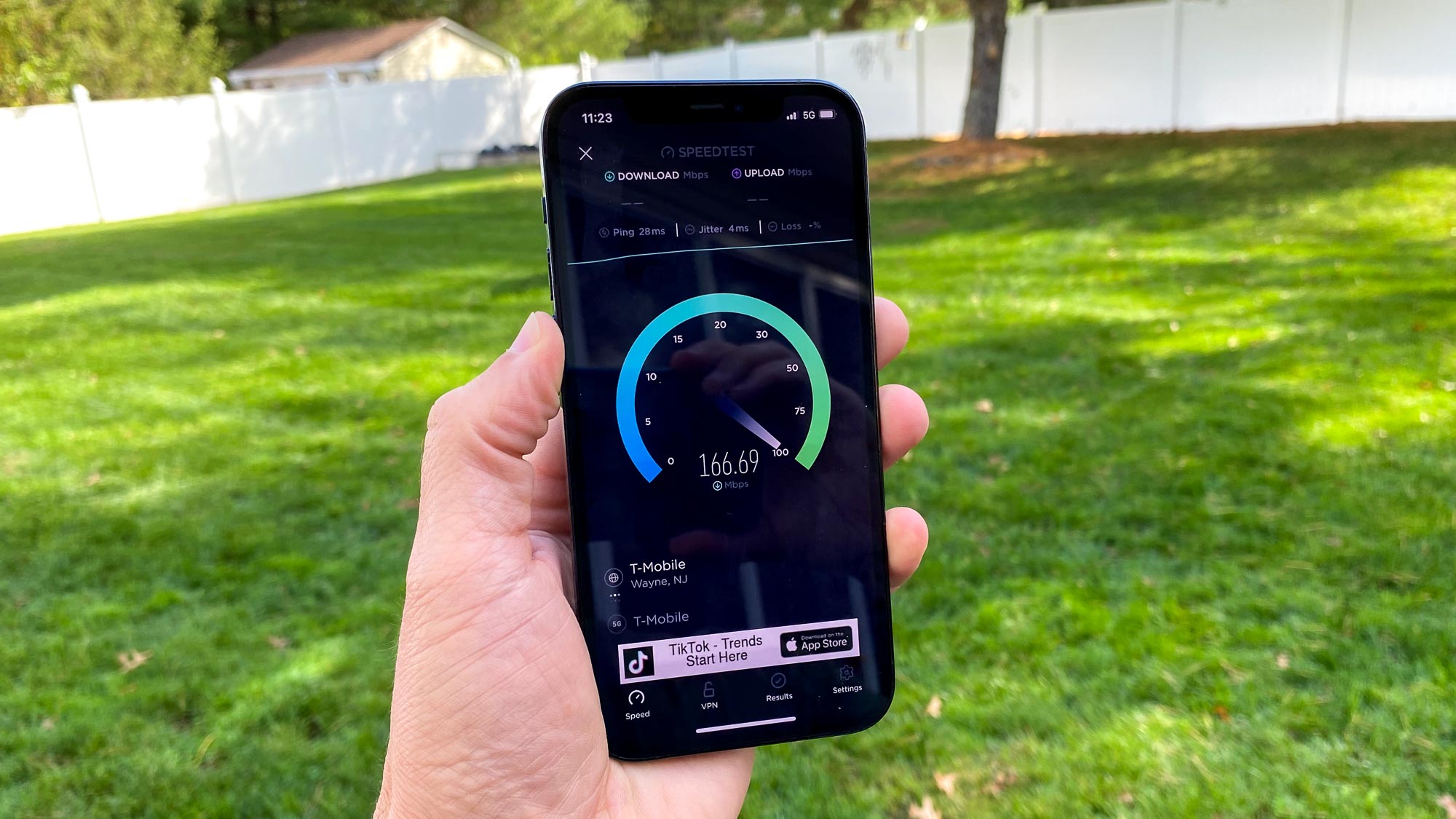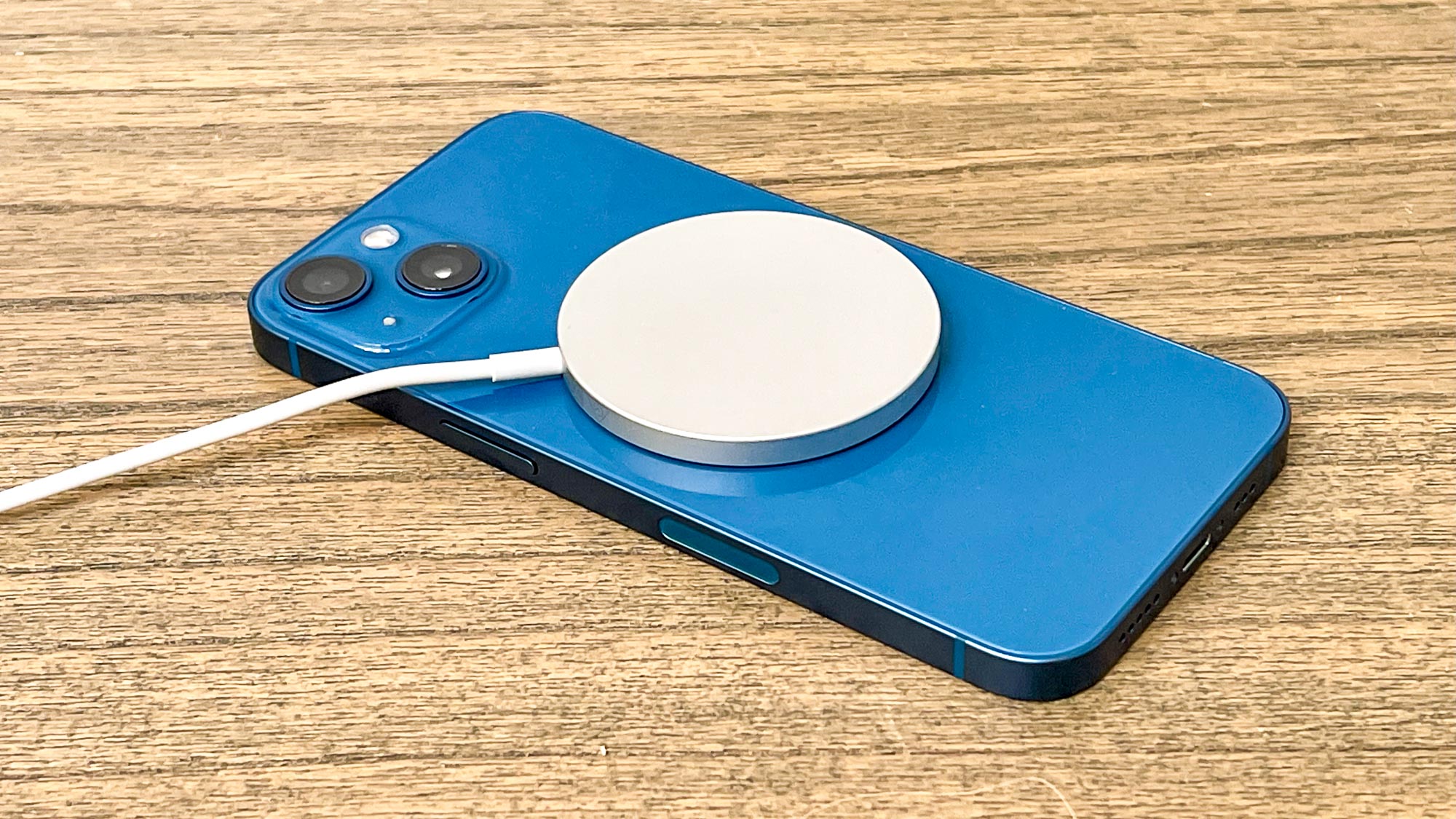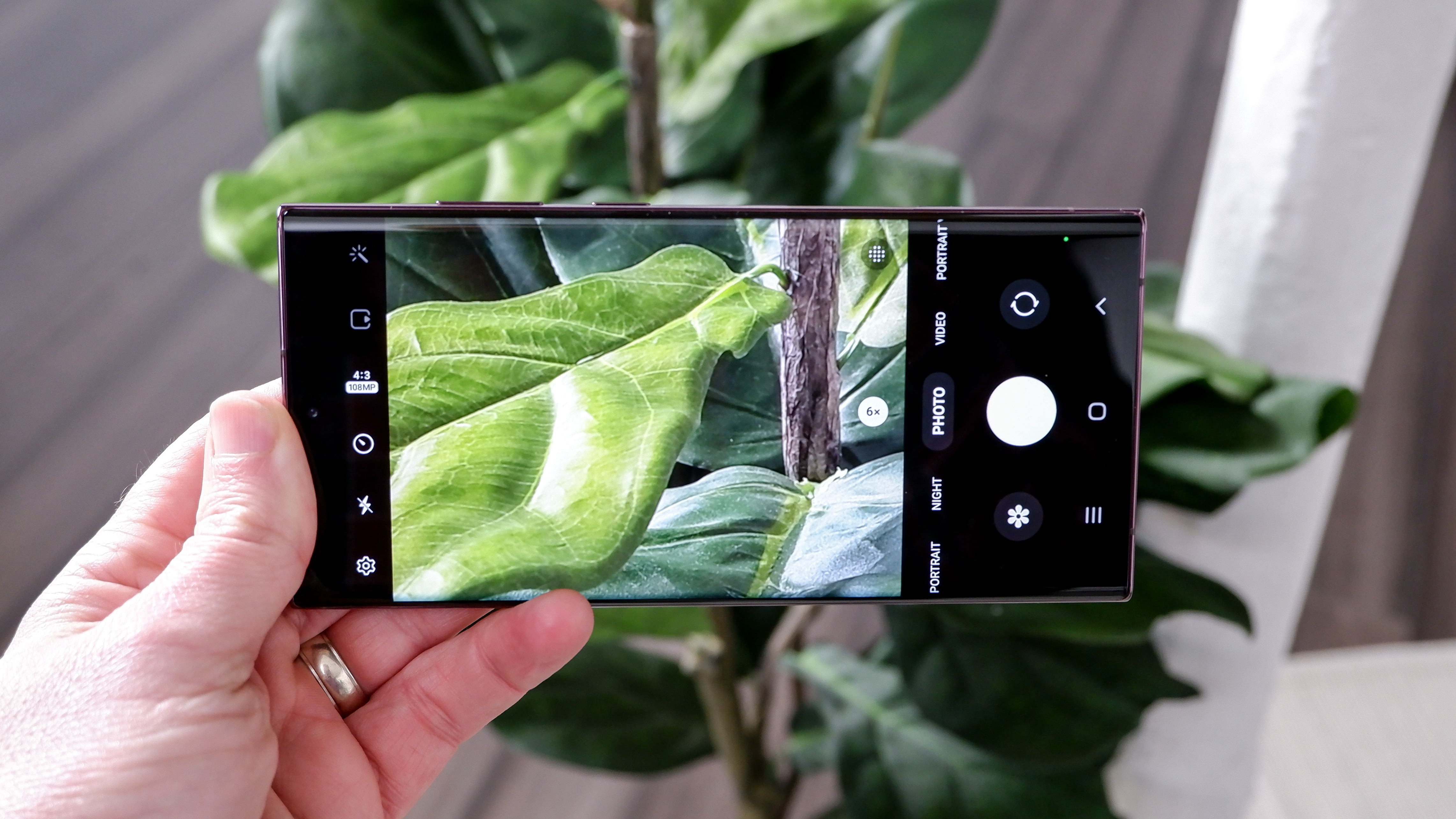How Tom's Guide tests and reviews smartphones
These are the tests we run when we rate and review smartphones

We review a lot of smartphones at Tom's Guide, from the most popular flagships to low-cost budget devices that don't put quite as big a dent in your wallet. Our goal is to not only find the best phones overall, but see which phones rank in a variety of categories from Android devices to unlocked handsets to the best camera phones for taking pictures.
To make those assessments, we perform testing — a lot of testing. Each smartphone we review undergoes the same battery of tests, in which we look at the phone's processor, display, camera and battery. Results from those tests, coupled with our observations from using the phone as our daily device, help us assess each phone and give it a final rating.
You can find out more about our rating system and our general approach to testing in our guide on how we test, review and rate products on Tom’s Guide. But for insight on the testing we conduct on smartphones, you've come to the right place.
How we pick smartphones to review
We review every major flagship released by the top smartphone makers — that includes the latest Galaxy S models and foldable phones from Samsung, Google Pixel phones and Apple's iPhones. In addition, premium devices from other phone makers including Motorola, OnePlus and others get reviewed as well.
Because not everyone wants to pay flagship prices, we also review many midrange phones that cost between $300 and $600 from different phone makers, including Apple, Samsung, Motorola, Google, and OnePlus. We also keep an eye out for devices that cost less than $300 from well-known phone makers, so that we can recommend cheaper models as well.
While we concentrate on phones available in the U.S., Tom's Guide has a global readership. For that reason, we also look at phones that are released in Europe and may not necessarily reach the U.S. Many of those handsets are released by Chinese manufacturers — Honor, Xiaomi, Oppo and others. Our reviews specify in what regions these phones are available and what the prices are in their local markets.
How we test smartphones
Our smartphone testing regimen involves both objective and subjective testing that covers a wide range of device features.
Performance testing: On the objective front, we run a series of benchmarks to test the phone's processor. These include Geekbench 5, which measures overall performance, and 3DMark's Wild Life Unlimited, which we use to evaluate graphics processing. Both of those tests allow us to compare performance between iPhones and Android devices. In our real world test, we run a real-world video transcoding test on each phone using the Adobe Premiere Rush app and time the result.
Display testing: We also have our test lab record measurements of each phone's display. Using a light meter, we measure the maximum brightness a panel is capable of; we also record how colorful a screen is using both the DCI-P3 and sRGB color gamuts. (The higher the result in those tests, the better.) To gauge color accuracy, we calculate the Delta-E rating for each phone screen. The closer to zero, the more accurate the color in this test.
Battery testing: When it's time to test a phone's battery, we turn to our custom test. Each phone's screen is set to 150 nits of brightness, and then we have the fully charged phone surf the web over cellular (5G in the case of 5G-capable devices) until the device runs out of power, timing how long the phone lasts. It's a demanding test, and only phones that last longer than 11.5 hours wind up on our best phone battery life list.

Besides seeing how long phones can last, we also measure how long it takes for a phone to charge up again. Using a charger that supports the maximum wired charge speed — if that's available — we record how much charge a phone can get after 15 and 30 minutes of uninterrupted charging. We specify whether we use a charger that comes with the phone or if we've supplied our own charger.
Camera testing: Our camera phone test is perhaps the most subjective of all. We take each phone to test against phones that either have matching camera specs or comparable price tags. From there, we use both phones to capture shots outdoors, indoors and at night in low light to see how they compare. Photo samples include shots of landscapes, food, portraits and more. Each review contains side-by-side comparisons so you can judge how well the camera has performed.

Smartphone reviews vs. smartphone hands-on articles
Reviews accompanied by a star rating are final reviews (though we will update reviews with comparisons to phones released after our initial review). Sometimes, we're only given a limited amount of time with a phone — in those cases, we will post a hands-on review with our first impressions of the device. A hands-on review has no star rating, and we will go back and revise the review once we've had the chance to conduct all the testing listed above.
Sign up to get the BEST of Tom's Guide direct to your inbox.
Get instant access to breaking news, the hottest reviews, great deals and helpful tips.
